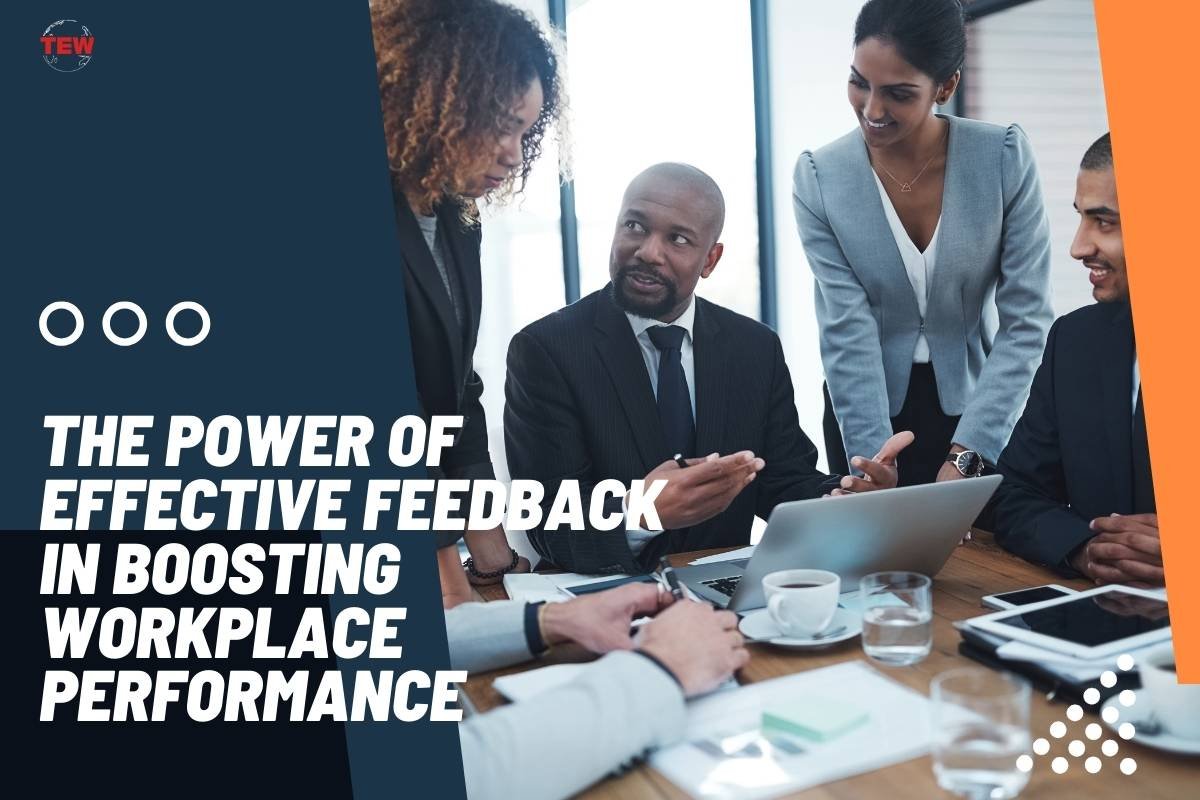Effective feedback is a cornerstone of high-functioning workplaces. It serves as a tool for growth and development, allowing individuals to understand their strengths and areas for improvement. By highlighting what behaviors are effective and which ones are not, feedback guides employees towards better performance. This ongoing process contributes to the building of skills, the enhancement of work quality, and the achievement of both individual and collective goals.
Training on giving feedback isn’t something to ignore. In a dynamic business environment, the ability of managers to provide clear, actionable, and timely feedback is crucial. It fosters an environment of open communication where employees feel valued and informed about their contributions to the organization. Such feedback helps in aligning individual objectives with the broader organizational strategy, ensuring everyone is working cohesively towards common targets.
Employers who master the art of delivering effective feedback can transform their workforce. They are able to boost morale, increase employee engagement, and drive productivity. Conversely, poor or infrequent feedback can lead to misunderstandings, lower job satisfaction, and a decline in performance. Thus, the practice of giving and receiving productive feedback is not just beneficial but essential for workplace success.
Fundamentals of Effective Feedback
Effective feedback is a catalyst for professional growth and workplace efficiency. It bridges the gap between current practices and potential improvements.
Importance of Constructive Feedback

Constructive feedback is essential because it directly impacts an individual’s ability to grow and adapt within their professional role. It provides insight into what actions or behaviors are valued and which ones need refinement. This type of feedback must be actionable, allowing the recipient to make specific changes that lead to performance enhancement.
Characteristics of Effective Feedback
Effective feedback has several key characteristics that distinguish it from simple commentary or criticism:
- Specificity: Feedback should pinpoint exact behaviors or outcomes, avoiding vague observations.
- Timeliness: It needs to be offered close to the event to ensure relevance and prompt improvement.
- Balance: A mix of positive reinforcement with constructive critiques encourages a balanced perspective.
- Clarity: Clear, jargon-free language is crucial, so the recipient fully understands the feedback.
- Objectivity: The feedback should focus on behaviors and results, not on personal attributes.
For training on giving feedback, facilitators stress the importance of equipping managers and team leaders with the skills to deliver feedback that adheres to these characteristics. Training programs often include role-playing scenarios and exercises designed to practice the delivery of effective feedback using real-world workplace situations.
Strategies for Providing Feedback

Effective feedback strategies are key to improving performance and productivity. They include structured models, comprehensive training programs, and methods to address common challenges.
Feedback Models and Techniques
- The SBI Model (Situation-Behavior-Impact) can guide givers of feedback to present their thoughts in a structured and non-confrontational way. They describe the Situation, outline the observed Behavior, and discuss its Impact.
- Another technique is the “Stop-Start-Continue” method, where feedback providers ask employees to stop counterproductive behaviors, start beneficial ones, and continue positive behaviors already being performed.
| Model | Description | Example |
| SBI | Focuses on specific instances and tangible outcomes. | “In yesterday’s meeting, when you presented the report effectively, it engaged the whole team and fostered a productive discussion.” |
| Stop-Start-Continue | Encourages specific changes in behavior. | “Stop arriving late, start compiling reports daily, continue your detailed analysis in each.” |
Implementing Feedback Training Programs

- Organizations should design training programs to help employees at all levels learn how to give and receive feedback effectively. Such programs can cover the application of models like SBI and practice scenarios for real-world application.
- Training can be divided into modules, such as basic principles, practical role-plays, and strategies for delivering difficult messages. Importantly, they should include follow-up sessions to assess progress and reinforce learning.
Overcoming Challenges in Feedback
- A common challenge in providing feedback is resistance from employees. It can be mitigated by making sure feedback is perceived as fair and goal-oriented. Feedback sessions should be regular, not just centered around negative events.
- Another challenge is ensuring consistent feedback across an organization. Standardizing the feedback process through documented guidelines and regular training can maintain consistency. Employers should address biases and promote an open-feedback culture to mitigate inconsistencies.




